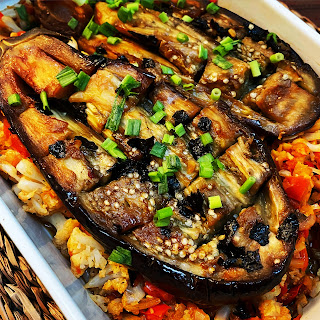Protein
A common concern about vegan diets is that they might lack sufficient protein and we are glad to report.... protein is easily available without hurting animals.
It is very easy for someone on a vegan diet to meet the recommendations for protein. Nearly all vegetables, beans, grains, nuts, and seeds contain protein.
Plant-based food contains varying amounts of amino acids, you can manage to get enough of each essential amino acid throughout the day by eating a varied diet and combining plant proteins.
The Importance of Protein
Our bodies—our hair, muscles, fingernails, and so on—are made up mostly of different kinds of protein that consist of varying combinations of amino acids. Although many of these amino acids can be manufactured by the human body, nine of them cannot. These “essential amino acids” are easily obtained by eating a balanced vegan diet.
Percentage of Calories From Protein:
(Value Per 100 Grams Edible Portion)From the U.S. Department of Agriculture’s National Nutrient Database for Standard Reference, 2018.
Fruits
Apple 2%
Banana 5%
Cantaloupe 10%
Grapefruit 8%
Grapes 4%
Honeydew melon 6%
Orange 8%
Papaya 6%
Peach 9%
Pear 3%
Pineapple 4%
Strawberry 8%
Tangerine 6%
Tomato 19%
Watermelon 8%
Grains
Barley 14%
Brown rice 8%
Buckwheat 15%
Millet 12%
Oatmeal 17%
Rye 18%
Wheat germ 26%
Wheat (hard red) 15%
Wild rice 16%
Legumes, Raw
Garbanzo beans 21%
Kidney beans 58%
Lentils 34%
Lima beans 24%
Navy beans 37%
Soybeans 35%
Split peas 29%
Nuts and Seeds
Almonds 15%
Cashews 13%
Filberts 9%
Peanuts 18%
Pumpkin seeds 18%
Sesame seeds 12%
Sunflower seeds 16%
Walnuts (black) 15%
Vegetables, Raw
Artichokes 28%
Beets 15%
Broccoli 33%
Brussels sprouts 31%
Cabbage 24%
Cauliflower 32%
Cucumbers 17%
Eggplant 17%
Green peas 27%
Green pepper 17%
Kale 26%
Lettuce 36%
Mushrooms 56%
Mustard greens 41%
Onions 9%
Potatoes 18%
Spinach 50%
Turnip greens 20%
Watercress 84%
Yams 5%
Zucchini 30%
Reference: https://www.peta.org/issues/animals-used-for-food/animals-used-food-factsheets/veganism-issue-protein/


